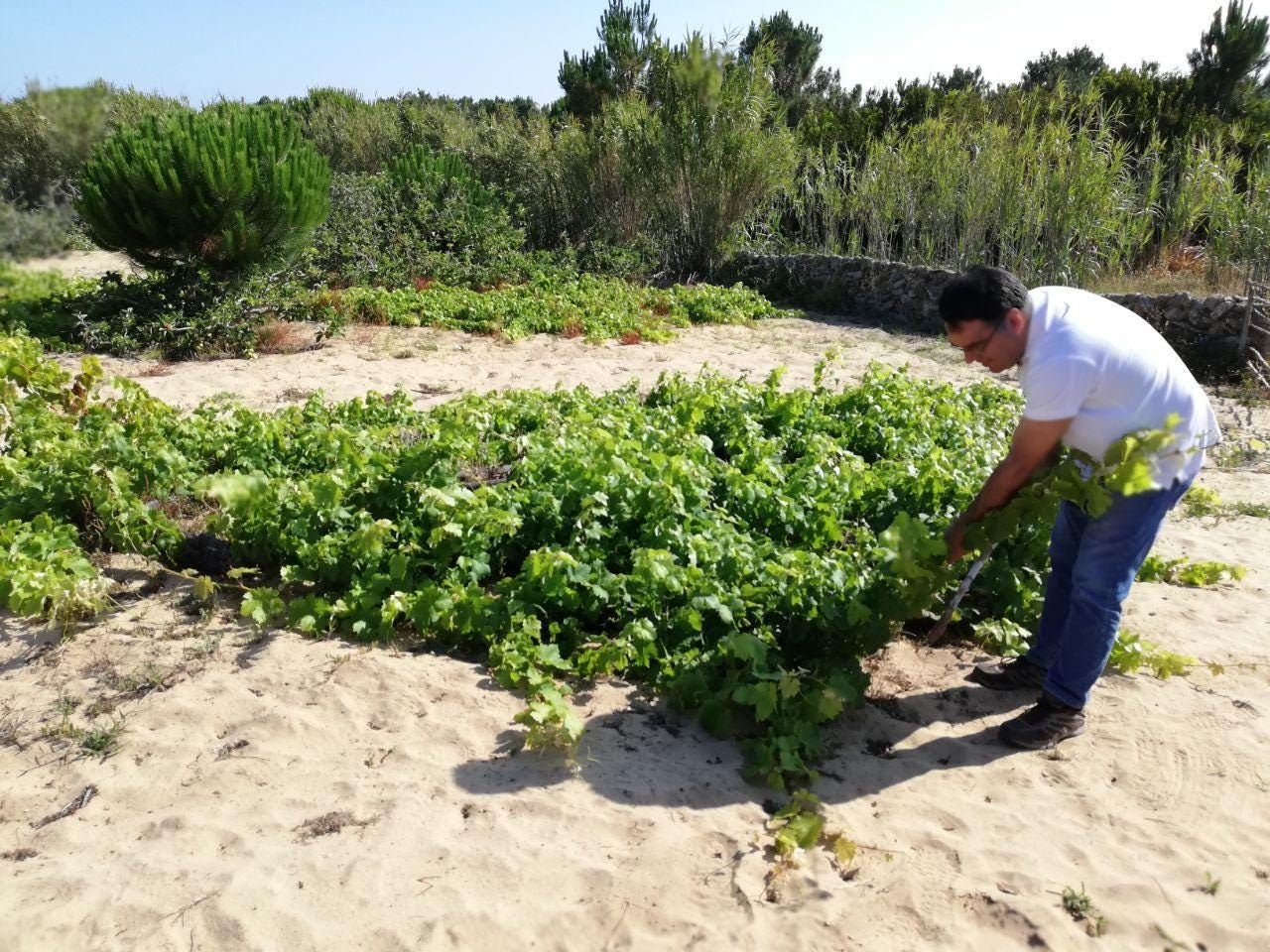Portugal in 17 Bottles
A personal overview of Portugal's still wines from North to South
How do you sum up an entire country in just two hours? That’s the challenge I was given by the Netherlands Guild of Sommeliers for a masterclass I gave earlier this week.
The NGS knew that I’d have a personal take on the topic, having co-authored a book on Portuguese wine that is hardly standard. I named the masterclass Portuguese Wine Secrets, because so much of this Atlantic nation’s output still sits under the radar. And for many of the 32 sommeliers in attendance, it was a voyage of discovery.
My overriding theme was the re-emergence of an authentic tradition. The 1990s saw the country open up after joining the EU in 1986, and winemakers were eager to modernise and to leave the vestiges of tradition behind. It took much longer for the Portuguese to realise that their trump card was those very same traditions that once felt so old-fashioned and obsolete.
What makes Portuguese wine so exciting is its focus on field blends1, on grape varieties that grow nowhere else in the world, on the value of really old vines and on ancient techniques like foot treading of grapes or fermenting in large clay pots. A new generation of winemakers has embraced this rich heritage, inspired by the growth of low intervention winemaking in other parts of Europe and energised by new wine audiences who don’t just want another oaked Chardonnay or Provencal style Rosé.
The aim of my masterclass was not just to show these important traditions, but also to confound preconceptions a bit. So no heavy red wines from the Douro, nothing too easy from Vinho Verde and no international varieties from the Alentejo. I didn’t manage to show every region, and I had to skip the islands this time round. But hey, it was two hours, not two days.
Here’s what I selected, and why.
Vinho Verde
Soalheiro - Primeiras Vinhas 2022, Primeiras Vinhas 2017
Alvarinho / Moncão and Melgaço
Brother and sister Luís and Maria João Cerdeira now manage one of the region’s larger wineries, producing around 800,000 bottles a year. Soalheiro were amongst the first in the region to highlight Alvarinho’s potential, and the wines continue to put a smile on my face. Primeiras Vinhas (‘first vineyards’) refers to the original plot (certified organic since 2006) planted by Luís and Maria João’s dad in 1974.
The 2022 is already delicious, with more concentration than the regular Soalheiro bottling and typically bright acidity. We were lucky to have the 2017 to compare, showing how profoundly these wines age. It felt rounder, more intense yet also more harmonious.
Saravá - Skin Contact 2022
Trajadura, Loureiro / Lima Valley
Husband and wife Miguel Viseu (winemaker at Aphros) and Leli Dalla Costa (a journalist by profession) make this juicy and tangy curtimenta (orange wine) from fruit purchased from a nearby friend. I love both its celebration of the old tradition of skin fermenting white grapes and the vibrant acidity and freshness - which feel so typical of the region.
It’s great example of skilled natural winemaking that retains sense of place.




